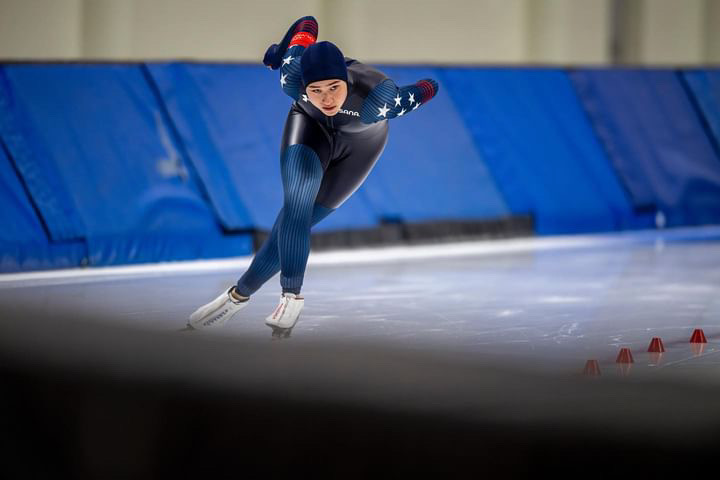Advancements in prosthetic technology have once again revolutionized the lives of amputees, enabling them to regain functionalities once thought to be impossible. In a recent breakthrough, researchers have created a bionic arm that allows patients with upper-limb amputations to regain a sense of normalcy in their daily lives. This technology goes beyond what we think of as traditional prosthetics and has integrated intuitive motor control, touch, and grip kinesthesia, offering wearers an unbelievable level of functionality.
The study participants were all fitted with the advanced bionic limb, and the researchers had them complete everyday tasks and mimic basic behaviors that required hand and arm movements. Their performance was assessed and compared with non-disabled individuals and amputees using conventional prosthetic devices. The researchers also examined the impact of activating the three sensory and motor modalities simultaneously, as well as individually.
Surprisingly, when all three modalities were combined, participants demonstrated brain and behavioral changes that were remarkably similar to those of individuals without amputations. The bionic arm’s seamless integration with the users’ nervous system allowed them to navigate tasks without constantly checking on the prosthesis, which allowed them to develop a newfound sense of confidence in their actions. They even demonstrated an increased ability to locate objects without relying solely on visual cues and to correct errors in their movements.
I think that this study’s results have an impact on more than just the development of prosthetics. This new technology has also shed light on the brain’s incredible adaptability and its ability to seamlessly communicate with advanced technologies. I am certainly excited to see what comes next in the world of prosthetics as amputees start to regain what they’ve lost, and can hopefully continue to live life in a way that fulfills them after everything they have been through.
Source:
Bionic arm restores natural behaviors in patients with upper limb amputations



